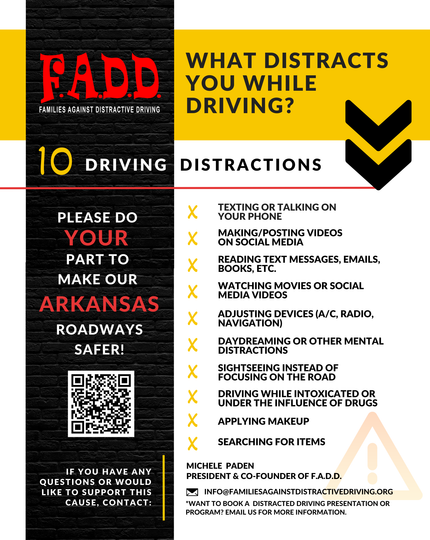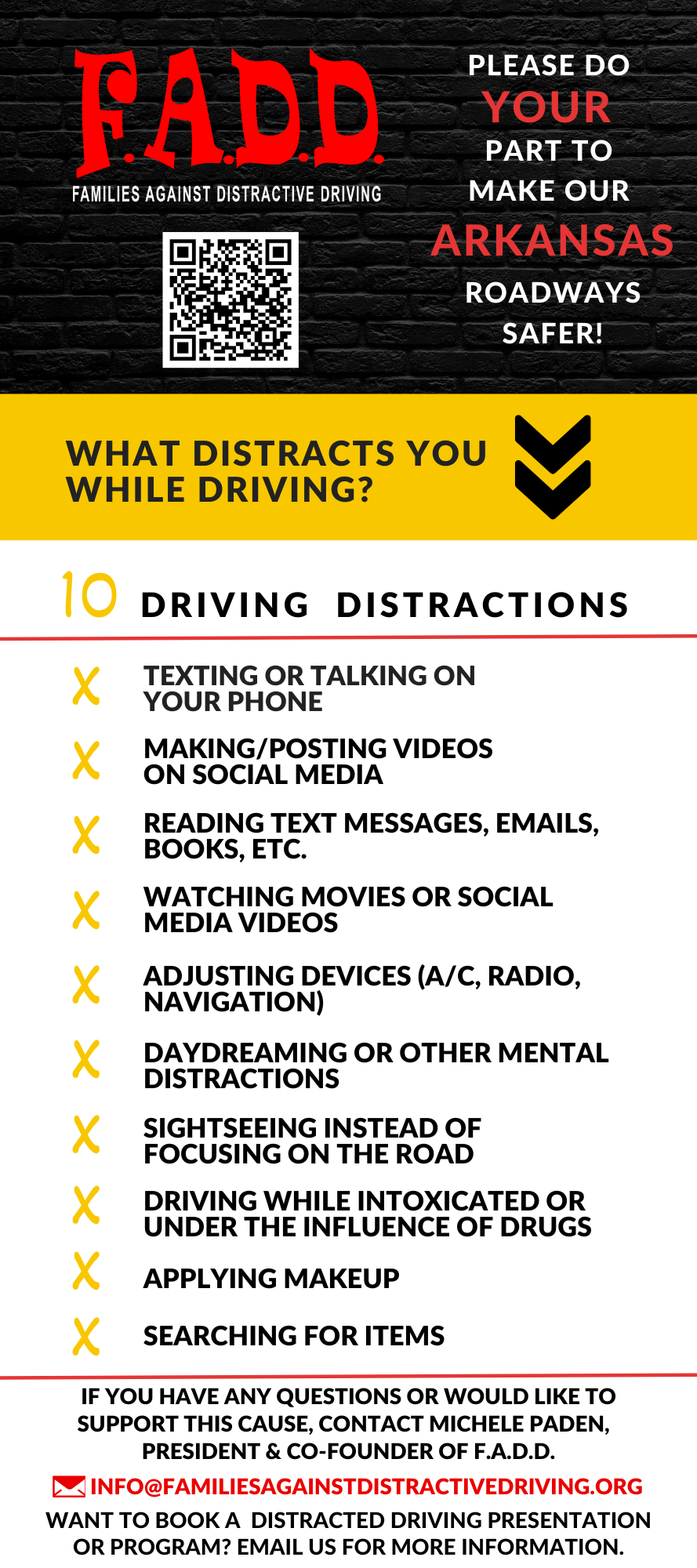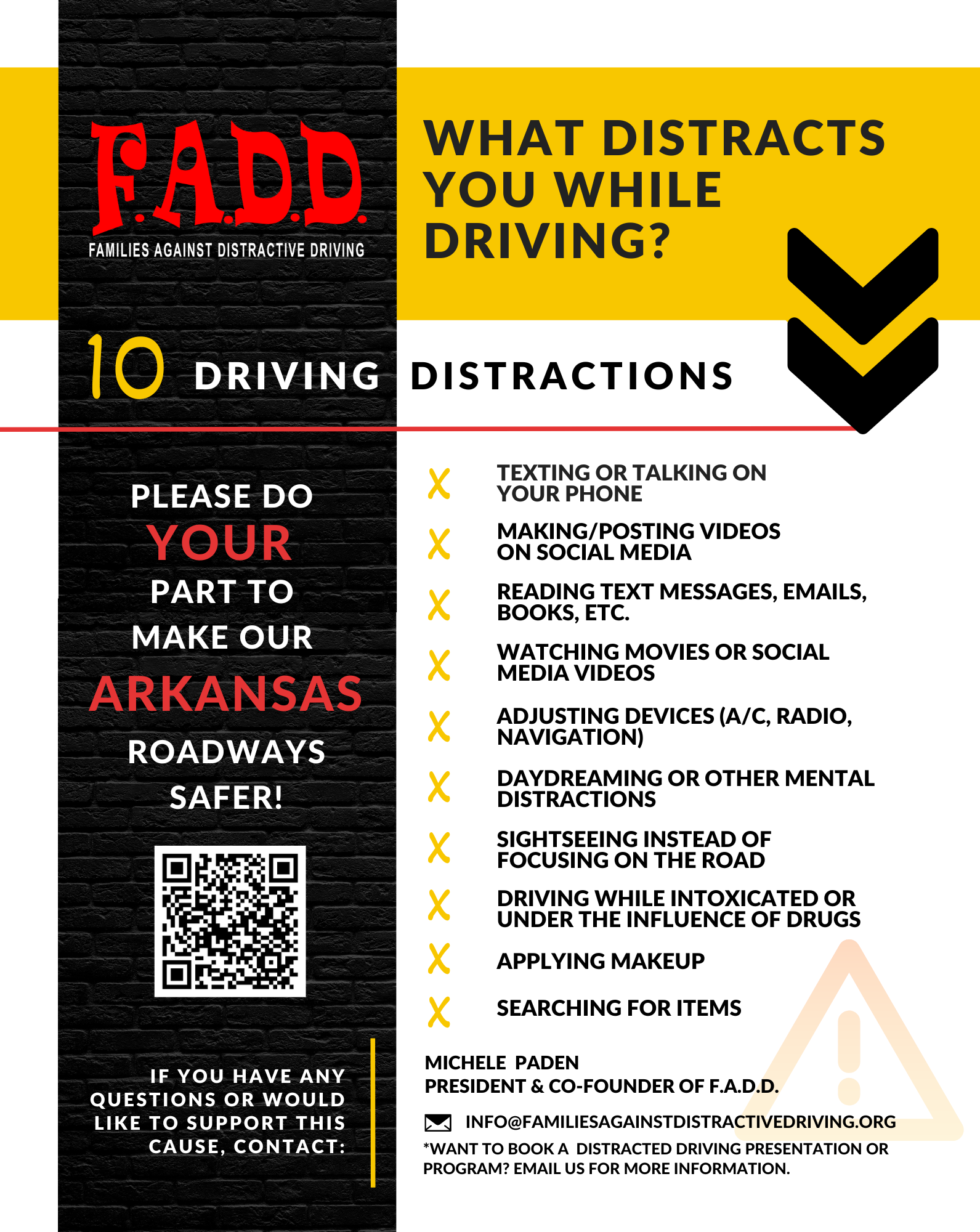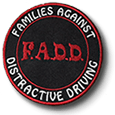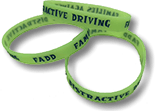Distractive Driving
Distractive Driving is driving while doing another activity that takes your attention away from driving.
You are four times
It's hard to
more likely to have
concentrate on
a road accident
two things
when you're on
at the same time
a mobile phone.
" Take the PLEDGE. Arrive ALIVE! "
Lily Grace Overholser, Junior Ambassador
There are 3 types of distractive driving:
Visual
Taking your eyes off the road.
Manual
Taking your hands off the wheel.
Cognitive
Taking your mind off driving.



